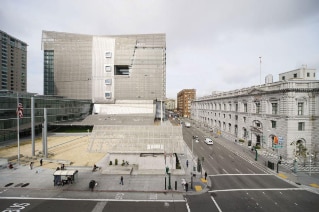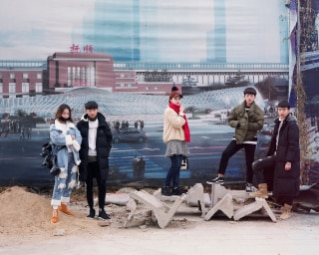The Serpentine phenomenon is not far from coming of age and it is legitimate to believe that the initiative’s promoters are starting to wonder what comes next
It is not apparent whether they wanted to try out a new material or construction technique, or develop a particularly complex spatial configuration
It is legitimate to wonder whether this playfulness is not, ultimately, just a permutation of control architecture for the era of the immediate and the ephemeral
Truly, the designers have stated loud and clear that this year’s Pavilion was designed for the Instagram population
Perhaps more explicitly than ever before in the history of the initiative launched by the Serpentine, the 2015 Pavilion declares that it is intended for a far broader public than architecture experts alone. Practising architects, academics, critics and the student population which makes its pilgrimage here every year are only marginal beneficiaries of an initiative that seeks to capture the spirit of its times, when the public – largely thanks to the seemingly unlimited force of opinion offered by new social media – also becomes the client.
It is more with this scattered and invisible clientele than with the concrete one of curators and sponsors that the Pavilion wishes to deal, exploding the myth linked to the transient architecture of the Expos, fairs etc., by which it is the sanctuary of the architect, offering a chance to accomplish one’s ambitions at the point of confluence between formal and technological experimentation in conditions far removed from the contingencies of reality – availing, that is, of a relaxation of the heavy mechanisms that govern “real” architecture. José Selgas has been explicit to this effect, pointing out that this was not at all a carte-blanche commission.






